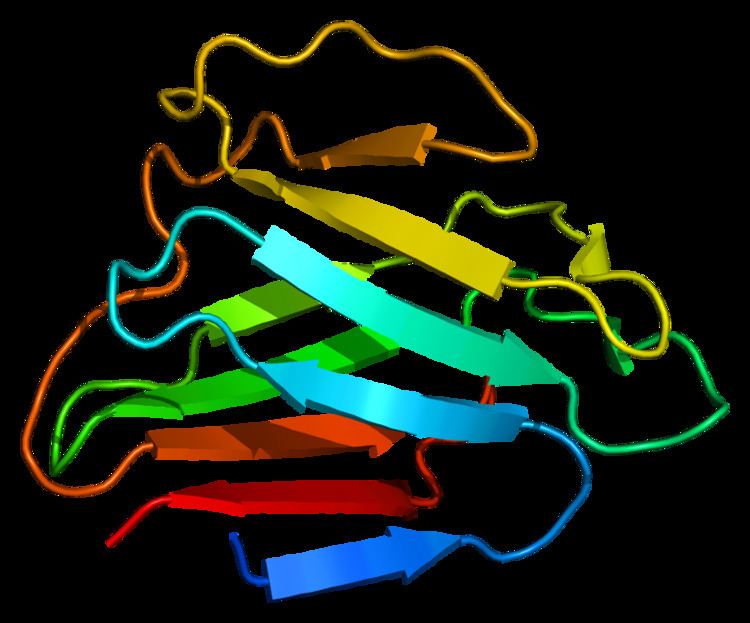Specialty neurology ICD-9-CM 359.0-359.1 DiseasesDB 31705 3354331704 | ICD-10 G71.0 OMIM 181350 604929 310300 eMedicine neuro/513 | |
 | ||
Emery–Dreifuss muscular dystrophy is a condition that mainly affects muscles used for movement, such as skeletal muscles and also affects the cardiac muscle, it is named after Alan Eglin H. Emery and Fritz E. Dreifuss.
Contents
Classification
The types of Emery–Dreifuss muscular dystrophy are distinguished by their pattern of inheritance: X-linked, autosomal dominant, and autosomal recessive.
Symptoms/signs
Symptoms of EDMD begin in teenage years with toe-walking, rigid spine, face weakness, hand weakness and calf hypertrophy. Among other signs/symptoms of Emery–Dreifuss muscular dystrophy are:
Genetics
In terms of genetics, mutations in the EMD and LMNA genes cause Emery–Dreifuss muscular dystrophy. The EMD and LMNA genes provide instructions for making proteins that are components of the nuclear envelope, which surrounds the nucleus in cells. The nuclear envelope regulates the movement of molecules into and out of the nucleus, and researchers believe it may play a role in regulating the activity of certain genes.
Diagnosis
The diagnosis of Emery–Dreifuss muscular dystrophy can be established via single-gene testing or genomic testing, and clinically diagnosed via the following exams/methods:
Treatment
The treatment (management) of Emery–Dreifuss muscular dystrophy can be done via several methods, however secondary complications should be consider in terms of the progression of EDMD, therefore cardiac defibrillators may be needed at some point by the affected individual. Other possible forms of management and treatment are the following:
